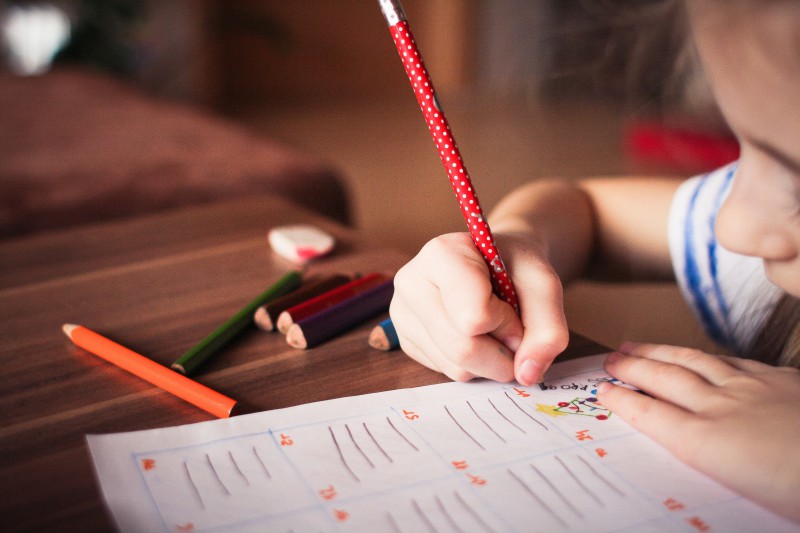The second grade is when children really start to hit their stride in their schooling. They have already had a couple of years to gain confidence and understand the daily routine, what is required of them, and how to socialize and learn effectively. A teacher’s role at this stage for the six- and seven-year-olds in their class is to keep teaching and engaging while respecting the growing autonomy that occurs around this age. The guide below looks at ways educators can create diversity for second graders to keep them motivated and interested in school.
Lesson Variety
Lessons plans are a major part of any teacher’s career, and thankfully something that once took up a lot of time has been made easier than ever thanks to online resources. For example, these 2nd grade writing worksheets ideas make improving writing skills varied and provide something different every day. The key to effective knowledge acquisition is in keeping up the pace and providing different methods on a regular basis to stave off boredom and the risk of disengagement.
Go Outside
Get the children outside at least once a week, preferably once a day. Being out amongst nature and in the fresh air improves concentration and sets the scene for a completely fresh arena filled with educational potential. It is great for physical health and mental health too and it is a verified method for breaking the learning day up into more manageable pieces.
Fun Home Learning
Homework is a controversial subject, especially concerning younger students. Some people firmly believe that in-school lessons are more than sufficient, and anything extra causes unnecessary stress and pressure. Others believe home learning is a reinforcement tool that encourages autonomous study practices that are highly functional for later in life. There is truth to both arguments, and some school curriculums leave it to teacher choice while others dictate it as mandatory. If homework has to happen, just make it fun. Give the children agency over tasks and ensure there is no immediate time pressure, and that it is never finishing work from class. Creative projects that encompass multiple learning paths such as math, English, and history are a wider educational opportunity to excel.
Get Parents Involved
Children are often resistant to allowing their parents into their school life. In fact, one of the biggest communication barriers begins when school does too and a natural divide in routine occurs. Parents feel less involved, and kids don’t have much to say about their day or their progress. That is why proper communication between educator and caregiver is essential for a well-rounded school experience. If parents have information about what their children are learning and how they can support them, there is a higher chance of it happening.
Ultimately, how a child engages with the classroom is decided by multiple factors both external and internal. All a teacher can do is provide the right varied tools to enable a supportive environment in the classroom while encouraging further educational activity at home as well.







